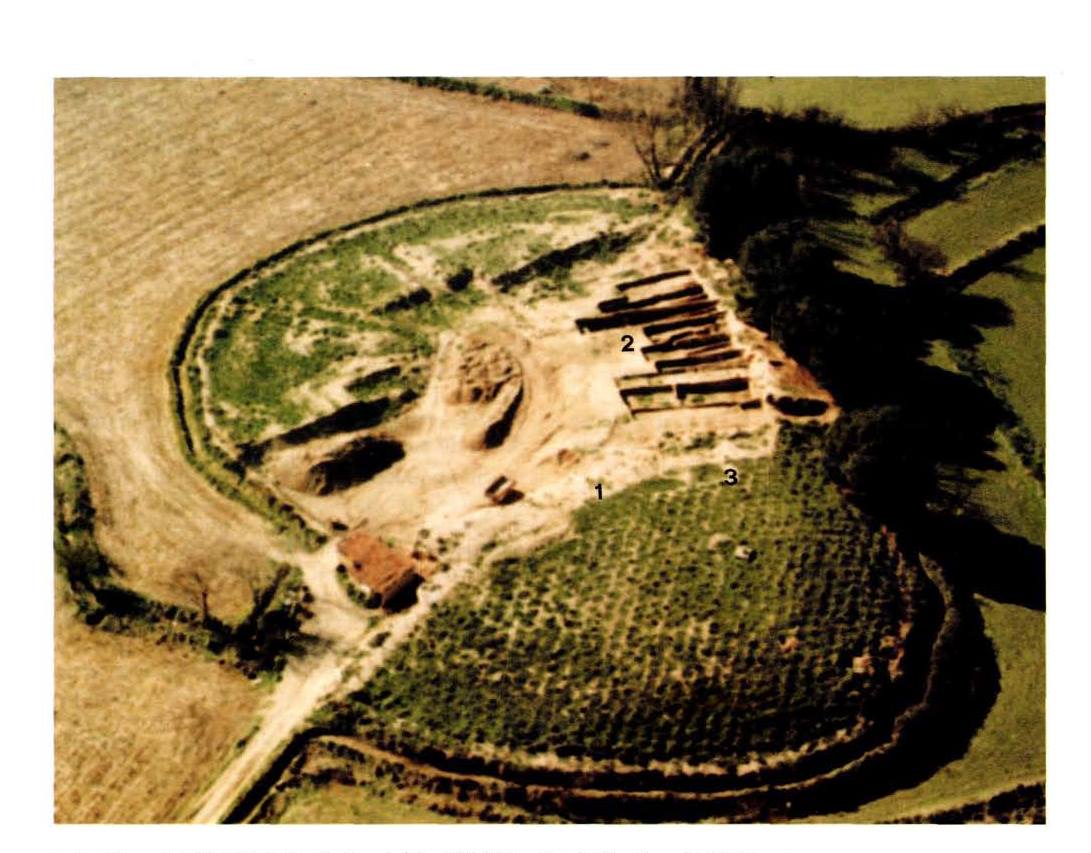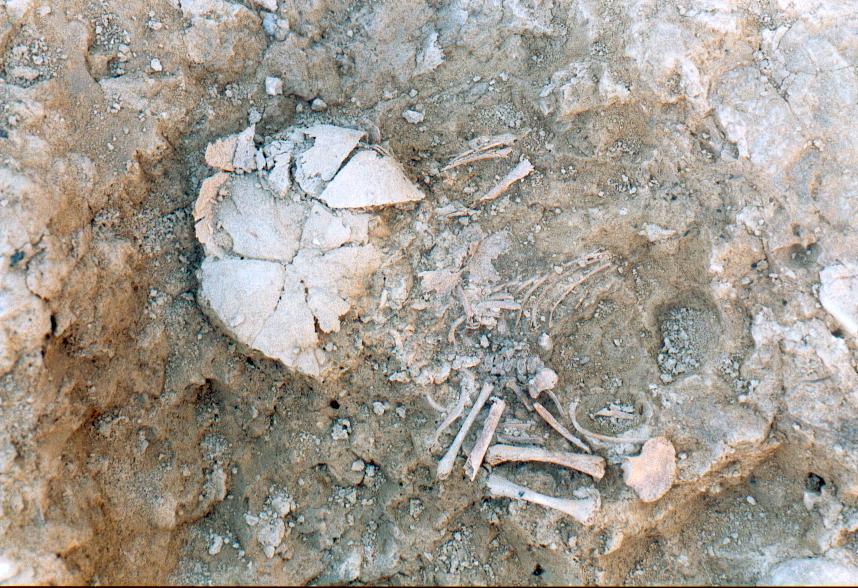A study of DNA sequences from almost 10,000 ancient individuals has revealed six children with Down Syndrome. By following the trail to data about their remains and burial sites, scientists can start to piece together the history of these children, and the position they may have held within their communities.
Most humans are born with 46 chromosomes – 22 pairs of autosomes, plus either XX or XY sex chromosomes. Occasionally, though, people are born with either missing or extra copies of certain chromosomes, a condition called aneuploidy.
People with Down Syndrome have an extra copy of chromosome 21. In the vast majority of cases, all of the cells in their body will have three copies of chromosome 21 instead of two, known as trisomy. The condition affects about one in 1,000 births today, but scientists knew less about how common the condition may have been among our ancient ancestors.
Adam “Ben” Rohrlach of the Max Planck Institute for Evolutionary Anthropology, together with colleagues from around the world, planned the first systematic study of rare genetic conditions in ancient human genomes. Among the almost 10,000 DNA samples tested, they were surprised to identify six individuals with unusually large quantities of chromosome 21 DNA, something they say could only be explained by having an extra copy of the chromosome.
One of the samples came from a child buried in a churchyard in Finland sometime in the 17th or 18th centuries, but the other five were much older. These samples were obtained from Bronze Age sites in Greece and Bulgaria, and Iron Age sites in Spain, and all of them dated to between 5,000 and 2,500 years ago. As well as the six new cases, the team was able to verify a previous report of Down Syndrome in an infant from Ireland who died between 3629 and 3371 BCE.

An aerial view of the Early Iron Age settlement at Alto de la Cruz, Navarre, Spain.
Image credit: Government of Navarre and J.L. Larrion
But arguably even more exciting than the genetic findings was the wealth of information the researchers were able to obtain about the individuals’ gravesites and remains.
They were first able to confirm that all the children had died in early infancy, with only one seemingly having reached their first birthday. This is perhaps unsurprising as Down Syndrome is associated with a range of potential medical complications – these can be managed well with modern medicine, but may well have posed an insurmountable challenge to the physicians of the ancient world.
The burial sites themselves yielded some clues about how these children may have been treated by the adults around them.
“These burials seem to show us that these individuals were cared for and appreciated as part of their ancient societies,” said Rohrlach in a statement. This was evidenced by the special grave goods like jewelry, seashells, and even animal remains that had been interred with some of the bodies. The five oldest burials were all located within settlements, a privileged position for the deceased.

Remains of an infant with Down Syndrome, interred within one of the houses at the Iron Age settlement.
Image credit: Government of Navarre and J.L. Larrion
Down Syndrome was not the only rare genetic condition represented within the data. Another individual was also flagged as having unexpectedly high levels of DNA sequences from chromosome 18, suggesting an extra copy of that chromosome. Trisomy 18 is also known as Edwards Syndrome. Most fetuses with the condition do not survive to term, and those children who are born have a severely shortened life expectancy.
Puzzlingly, the child with Edwards Syndrome was also found at one of the Spanish Iron Age burial sites. “At the moment, we cannot say why we find so many cases at these sites,” said co-author Roberto Risch, “but we know that they belonged to the few children who received the privilege to be buried inside the houses after death. This already is a hint that they were perceived as special babies.”
Evidence from even more ancient burials has suggested that prehistoric societies were kinder towards people with disabilities than we might have believed. These findings would seem to add weight to that idea, and the authors hope to expand their research to shed even more light on it.
Senior author Kay Prüfer explained, “What we would like to learn is how ancient societies reacted to individuals that may have needed a helping hand or were simply a bit different.”
The study is published in Nature Communications.
Source Link: Bronze And Iron Age Graves Of 5 Babies With Down Syndrome Revealed By Ancient DNA